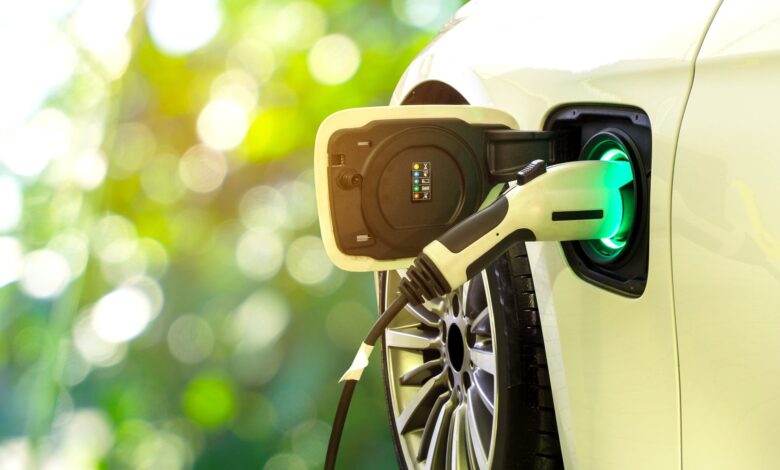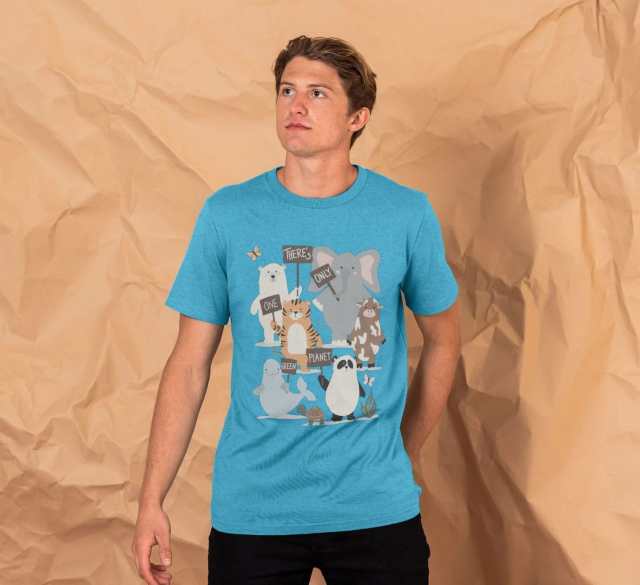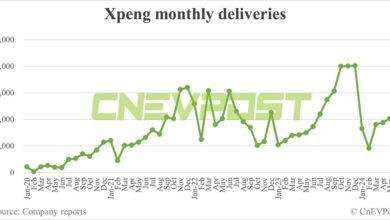Biden Administration Enhances Fuel Standards to Boost Electric Vehicle Adoption – One Green Planet

This move is part of a broader strategy aimed at transforming the U.S. auto market towards electric vehicles (EVs) and hybrids, significantly reducing Pollution and the country’s carbon footprint. The updated regulations, announced by the Transportation Department, are designed to work in tandem with the Environmental Protection Agency’s (EPA) stringent tailpipe emissions rules set in April. These rules are expected to make all-electric or hybrid vehicles the majority of new U.S. vehicle sales by 2032.
The 2022 Inflation Reduction Act, strongly advocated by President Biden, complements these regulatory measures by offering tax credits to electric and hybrid vehicle purchasers, incentives for charging infrastructure, and financial Support for manufacturers. This legislative package aims to make EVs more accessible and affordable, countering the effects of climate change touted by leading climate experts as crucial for the planet’s health.
However, these initiatives have sparked considerable political debate. Critics, including former President Donald Trump, argue that such policies restrict consumer choice and threaten the traditional auto industry. Trump has promised to roll back these measures if re-elected, despite occasional words of Support for electric vehicles and innovators like Elon Musk.
Internationally, the shift towards electric vehicles is gaining momentum, with significant growth observed in China, where subsidies have allowed its automakers to offer competitive pricing. In response, President Biden has imposed a 100 percent tariff on Chinese auto imports to protect U.S. manufacturers from overseas competition.
The Transportation Department’s final rule on fuel standards, although slightly relaxed from its initial draft following auto industry lobbying, still promises significant environmental benefits. According to the administration, the new standards could save American car owners over $600 in gasoline costs over the lifetime of their vehicle, reduce dependence on foreign oil, and cut down on harmful emissions. These measures, while facing potential legal challenges, are seen as a critical step towards a sustainable and environmentally friendly automotive future.

There’s Only One Green Planet Tee by Tiny Rescue: Climate Collection
Related Content:
Easy Ways to Help the Planet:
- Eat Less Meat: Download Food Monster, the largest plant-based Recipe app on the App Store, to help reduce your environmental footprint, save animals and get healthy. You can also buy a hard or soft copy of our favorite vegan cookbooks.
- Adopt-a-Pet: Visit WildWatchers, a watchdog platform specifically designed for animal, earth, and wildlife warriors to actively give back, rescue, and protect animals and the planet.
- Reduce Your Fast Fashion Footprint: Take initiative by standing up against fast fashion Pollution and supporting sustainable and circular brands like Tiny Rescue that raise awareness around important issues through recycled zero-waste clothing designed to be returned and remade repeatedly.
- Support Independent Media: Being publicly funded gives us a greater chance to continue providing you with high-quality content. Please consider supporting us by donating!
- Sign a Petition: Your voice matters! Help turn petitions into victories by signing the latest list of must-sign petitions to help people, animals, and the planet.
- Stay Informed: Keep up with the latest news and important stories involving animals, the environment, sustainable living, food, health, and human interest topics by subscribing to our newsletter!
- Do What You Can: Reduce waste, plant trees, eat local, travel responsibly, reuse stuff, say no to single-use plastics, recycle, vote smart, switch to cold water laundry, divest from fossil fuels, save water, shop wisely, Donate if you can, grow your food, volunteer, conserve energy, compost, and don’t forget about the microplastics and microbeads lurking in common household and personal care products!



